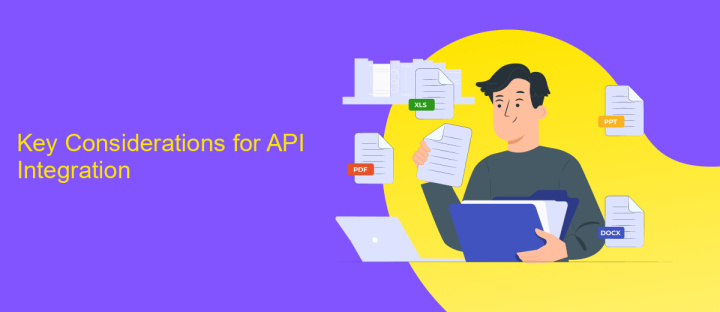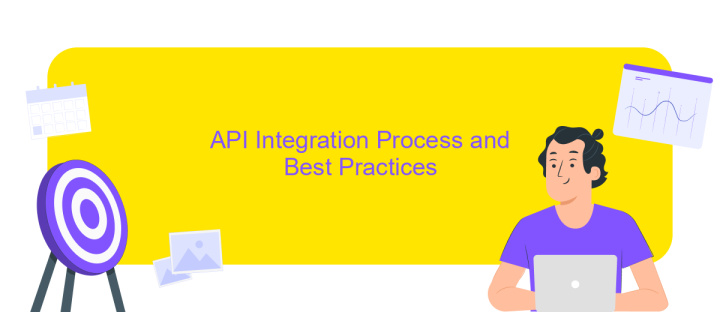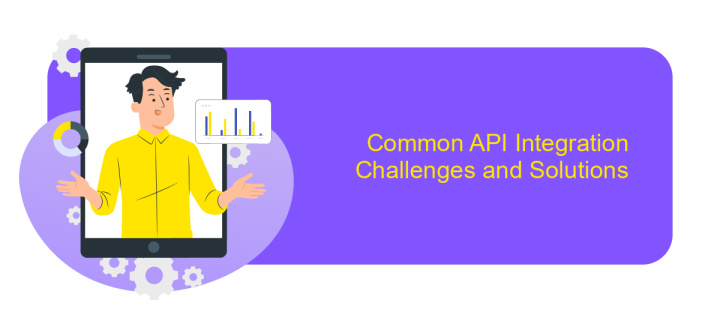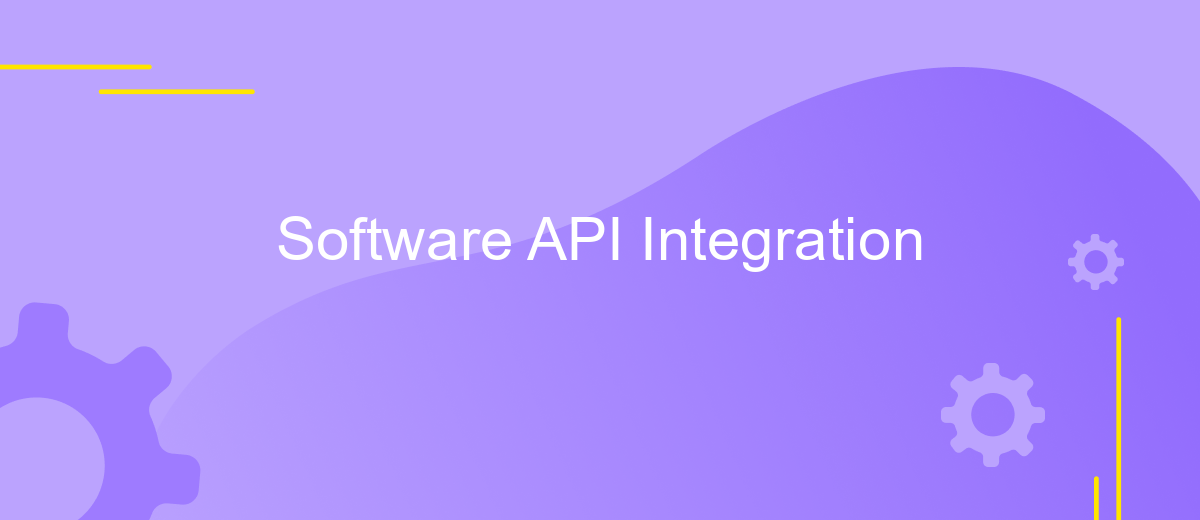Software API Integration
In today's digital landscape, software API integration plays a pivotal role in enhancing connectivity and functionality across diverse platforms. By enabling seamless communication between different software systems, API integration facilitates efficient data exchange and streamlines processes. This article delves into the fundamental aspects of API integration, exploring its benefits, challenges, and best practices to help businesses harness the full potential of interconnected software solutions.
Understanding Software API Integration
Software API integration is a crucial aspect of modern software development, enabling different applications to communicate and share data seamlessly. By leveraging APIs, developers can enhance the functionality of their applications without reinventing the wheel. APIs serve as a bridge, allowing disparate systems to work together, thereby improving efficiency and reducing development time.
- APIs facilitate communication between software components.
- They allow for the integration of third-party services.
- APIs help in automating workflows and processes.
- They enable developers to access and utilize external data sources.
- APIs support scalability and flexibility in application development.
Understanding API integration involves recognizing its role in connecting different software systems and services. It requires knowledge of API protocols, such as REST or SOAP, and how to authenticate and manage data exchange securely. As businesses increasingly rely on interconnected software solutions, mastering API integration becomes essential for developers aiming to create robust, scalable, and efficient applications.
Key Considerations for API Integration

When integrating APIs, it's crucial to ensure compatibility between systems. This involves understanding the API documentation thoroughly to align data formats, authentication methods, and endpoints. Security is another key consideration; implementing robust authentication protocols like OAuth2 can protect sensitive data during transmission. Additionally, consider the API's rate limits and error handling capabilities to ensure seamless functionality and avoid disruptions.
Another important aspect is choosing the right tools and services to facilitate the integration process. Platforms like ApiX-Drive can streamline API integration by providing user-friendly interfaces and pre-built connectors, reducing the need for extensive coding. It's also essential to plan for scalability, ensuring that the integration can handle increased data loads as your business grows. Regular monitoring and maintenance will help in identifying any issues promptly, ensuring the integration remains efficient and effective over time.
API Integration Process and Best Practices

Integrating APIs into your software can significantly enhance its functionality by allowing it to communicate with other applications or services. The process involves several critical steps to ensure seamless integration and optimal performance. Understanding these steps is crucial for developers aiming to leverage external APIs effectively.
- Identify the right API: Research and select an API that aligns with your project's requirements and goals.
- Understand API documentation: Thoroughly read the API documentation to comprehend its endpoints, authentication methods, and data formats.
- Set up authentication: Implement the necessary authentication protocols, such as OAuth, to ensure secure access to the API.
- Develop and test: Write code to interact with the API, and rigorously test it to handle various scenarios and responses.
- Monitor and maintain: Continuously monitor the API integration for performance issues and update it as needed to accommodate changes in the API.
Adhering to best practices in API integration is essential for maintaining a robust and efficient connection between your software and external services. Prioritize security, ensure thorough testing, and stay updated with API changes to prevent disruptions. By following these guidelines, you can maximize the benefits of API integration while minimizing potential issues.
Common API Integration Challenges and Solutions

Integrating APIs into software systems can significantly enhance functionality and efficiency, yet it often presents several challenges. One common issue is compatibility, where the API may not seamlessly align with the existing system architecture, leading to integration hurdles. Additionally, security concerns arise as APIs can expose vulnerabilities if not properly secured.
Another challenge is handling API rate limits, which can restrict the number of requests a system can make within a given timeframe. This limitation can impede performance and user experience if not managed effectively. Furthermore, maintaining up-to-date API documentation is crucial, as outdated or inaccurate information can lead to integration errors and increased development time.
- Ensure thorough compatibility testing to identify and resolve integration issues early.
- Implement robust security measures, such as authentication and encryption, to protect data.
- Monitor API usage to adhere to rate limits and optimize performance.
- Regularly update and review API documentation to ensure accuracy and comprehensiveness.
By addressing these challenges proactively, developers can streamline the API integration process, enhancing system capabilities and delivering a seamless user experience. Emphasizing compatibility, security, and proper documentation will lead to more efficient and effective integrations.
- Automate the work of an online store or landing
- Empower through integration
- Don't spend money on programmers and integrators
- Save time by automating routine tasks
Future Trends in API Integration
As technology continues to evolve, the future of API integration is set to be shaped by several emerging trends. One significant trend is the increasing adoption of AI and machine learning to enhance API capabilities. These technologies can automate and optimize integration processes, making them more efficient and reducing the need for manual intervention. Additionally, the rise of microservices architecture is pushing the demand for more robust and scalable API integrations, allowing businesses to create more modular and flexible applications.
Another key trend is the growing importance of low-code and no-code platforms, which empower non-developers to create and manage API integrations with ease. Services like ApiX-Drive are at the forefront of this movement, providing user-friendly tools that simplify the integration process. Furthermore, as businesses continue to embrace digital transformation, the need for seamless and secure API integrations will become even more critical, driving innovation in security protocols and data privacy measures. Overall, the future of API integration promises to be dynamic, with a focus on accessibility, security, and efficiency.
FAQ
What is API integration, and why is it important for businesses?
How can I ensure data security when integrating APIs?
What are some common challenges faced during API integration?
How do I choose the right API integration platform for my needs?
Can I integrate APIs without extensive technical knowledge?
Time is the most valuable resource for business today. Almost half of it is wasted on routine tasks. Your employees are constantly forced to perform monotonous tasks that are difficult to classify as important and specialized. You can leave everything as it is by hiring additional employees, or you can automate most of the business processes using the ApiX-Drive online connector to get rid of unnecessary time and money expenses once and for all. The choice is yours!


